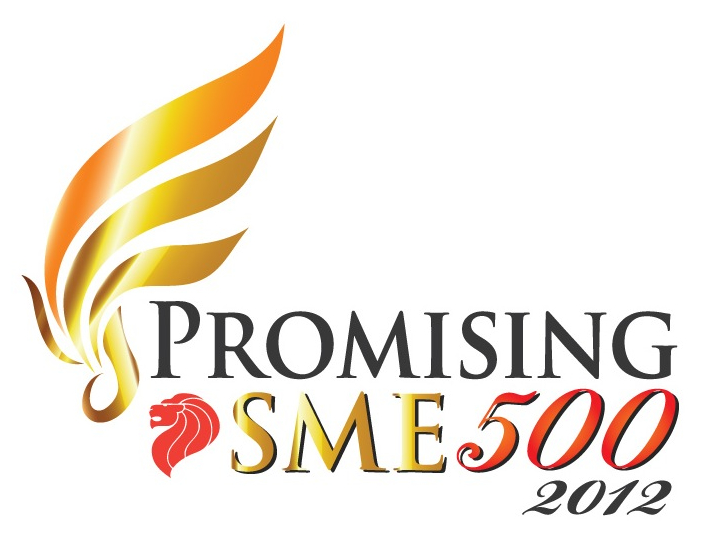
Alternative Treatment or Back Surgery for Slipped disc?
Have you seek conservative treatment before considering to go for operation: Physiotherapy, chiropractor, acupuncture, osteopath, back massage, TCM/ Chinese Sinseh? If all conservative therapy have not helped, and your lifestyle is greatly affected by the pain, you can consider a back operation.
If you ignore the pain, the back pain and weakness/numbness/ tingling in your leg will probably remain as they are or even get worse.
The aim of the operation is to cure your leg pain. Your back pain may remain unchanged after the operation. If your back pain is more of a problem than your leg pain, you should not have the operation. You may need the operation if:
- your leg pain is worse than your back pain
- you have had leg pain for several months and it is not getting better
- your leg pain is interfering with your life
- you have had a MRI scan that shows that you have a disc pressing on the nerve.
If you have all of the above, you may need to see a orthopedics spine specialist to determine if an operation is required.
Types of Back Operation
Lumbar discectomy is a back surgery to remove part of a problem disc in the low back. The discs are shock absorbers that separate the vertebrae. This procedure is commonly used when a herniated, or ruptured,slipped disc in the low back is putting pressure on a nerve root. Removing the injured portion of the disc also reduces chances of disc herniation again.
The traditional procedure is called laminotomy and discectomy, which requires a larger incision and tends to require a longer time to heal.
Newer method is called microdiscectomy, very small incision in the low back. Also known as minimally invasive surgery. This surgery is easier to perform, prevents scarring around the nerves and joints, and helps patients recover more quickly.
Complications of Back Surgery
As for any types of operation, there are risks involved and complications may happen after operation.
- problems with anesthesia
- thrombophlebitis (blood clots)
- infection
- nerve damage
- ongoing pain
What happens after a Back Surgery?
Patients are usually able to get out of bed within a few hours after surgery, using a back support. Patients are able to return home when their medical condition is stable.
Bending and lifting should be avoided for four to six weeks. People generally get back to light work in two to four weeks and can do heavier work and sports within three to six months. Workers whose jobs involve strenuous manual labor may be counseled to consider a less strenuous job. This will also be dependent on patient’s condition and condition after surgery.
Patients usually begin outpatient physiotherapy after the date of surgery.
What should I expect as I recover?
Many orthopedics surgeons prescribe outpatient physiotherapy after surgery. Although the time required for recovery varies, physiotherapy at Physioclinic after lumbar discectomy is generally only needed for six to eight weeks. You should expect full recovery to take up to six months.
At first, our physiotherapy sessions will focus on controlling pain and inflammation. Ice and electrical stimulation treatments are commonly used to help with these goals. Our physiotherapist may also use massage to relax tight muscles, hands-on joint mobilisation techniques to ease muscle spasm and pain.
Active treatments such as strengthening and conditioning spinal muscles, core stability and clinical pilates are essential to your rehabilitation program. Walking and swimming are ideal cardiovascular exercises after this type of surgery. Our physiotherapists also teach specific exercises to help tone and control the muscles that stabilize the low back.









